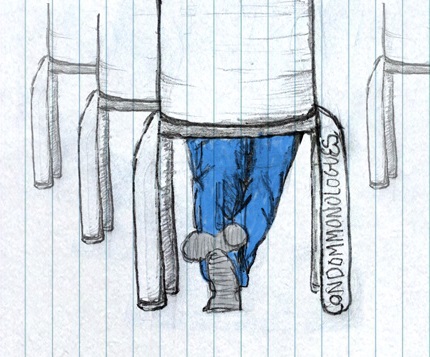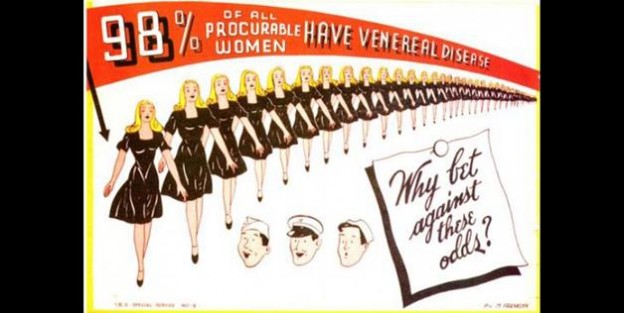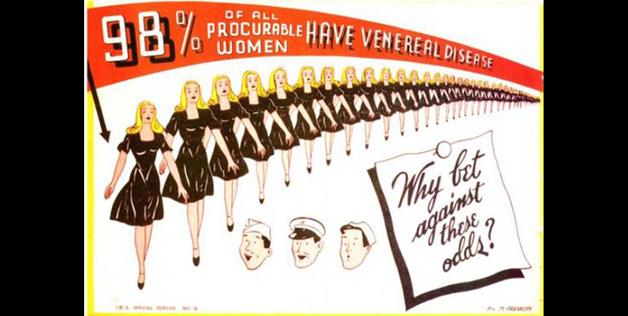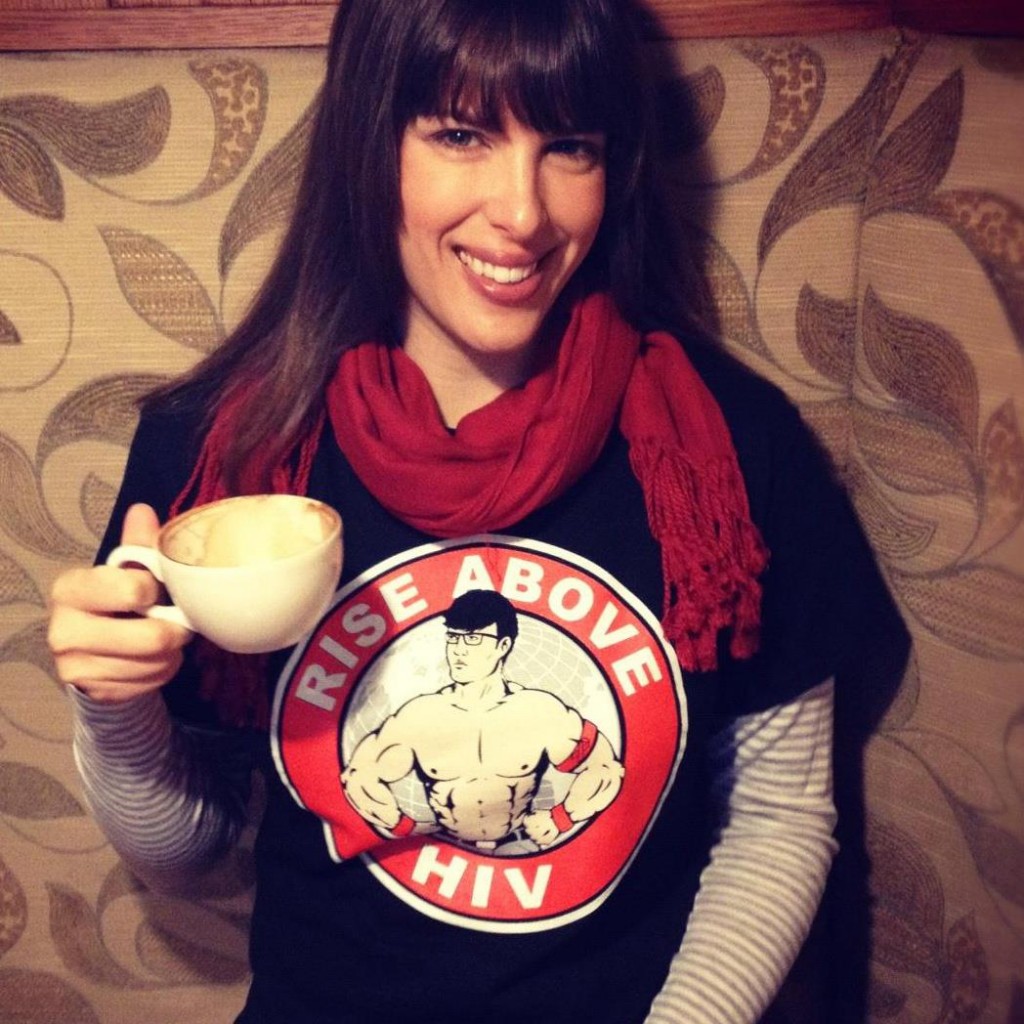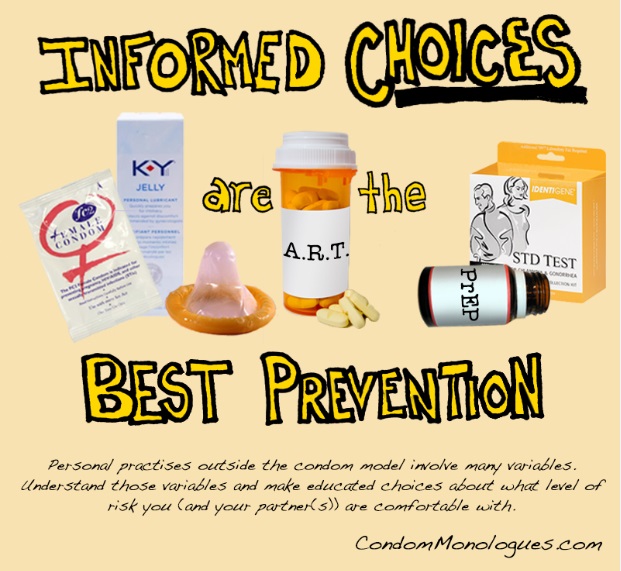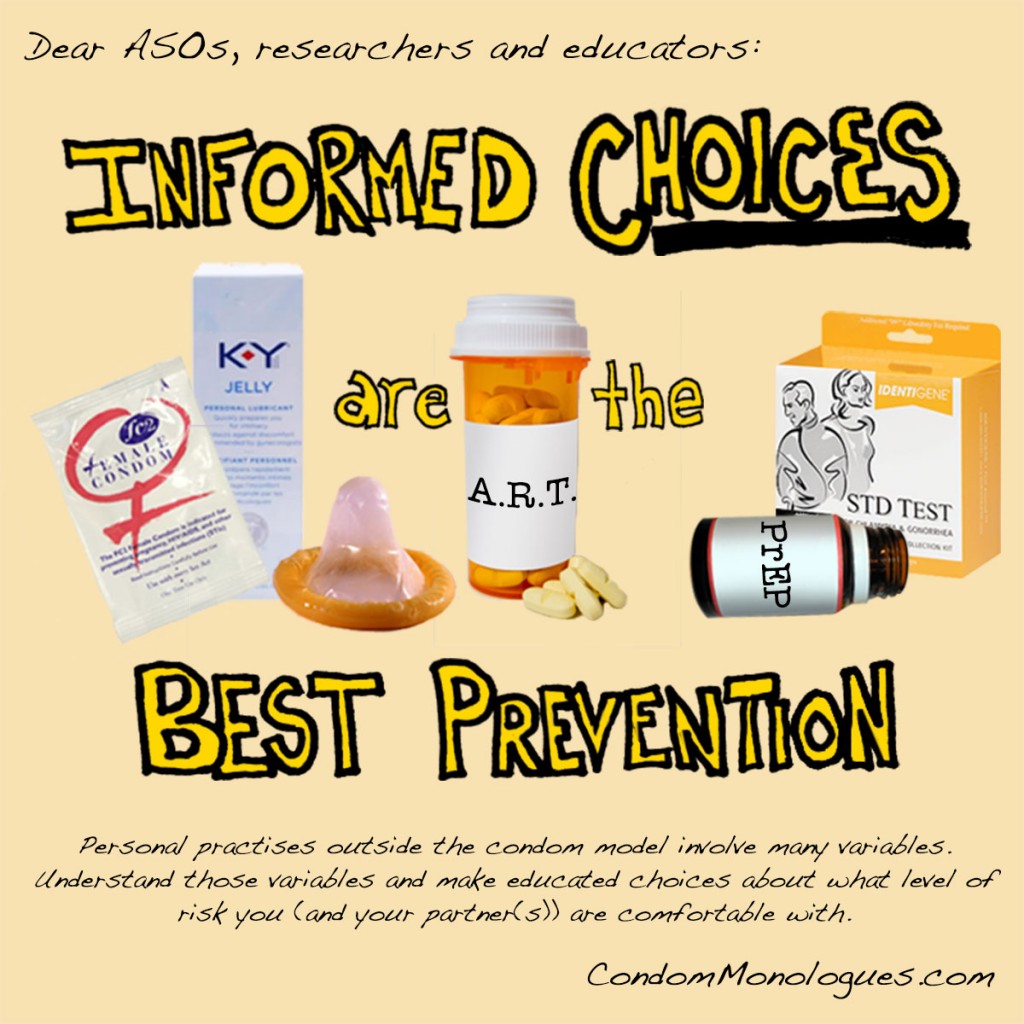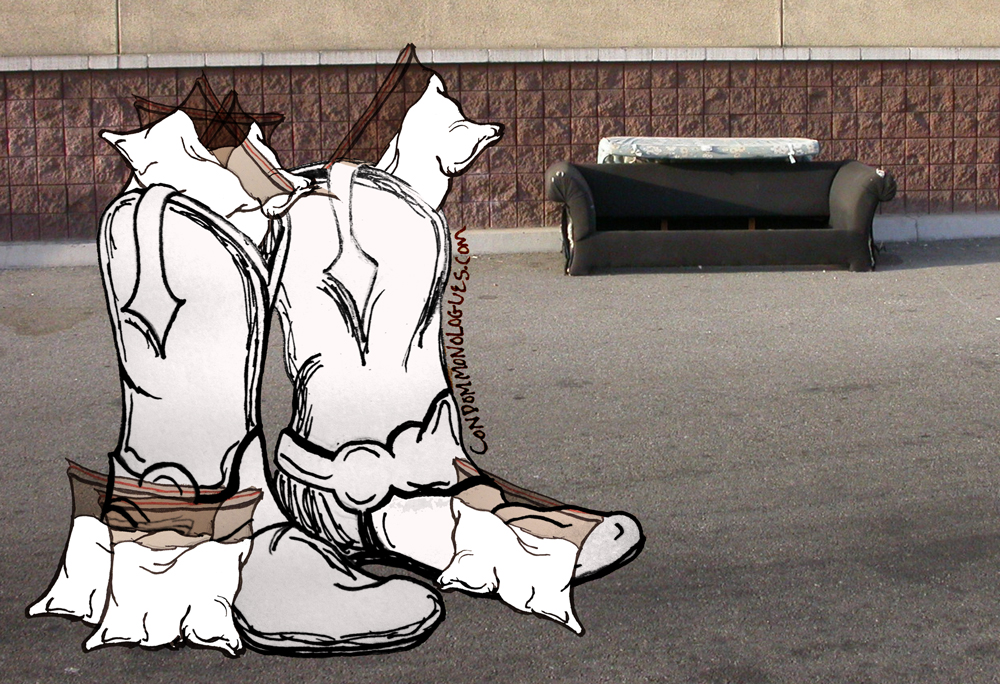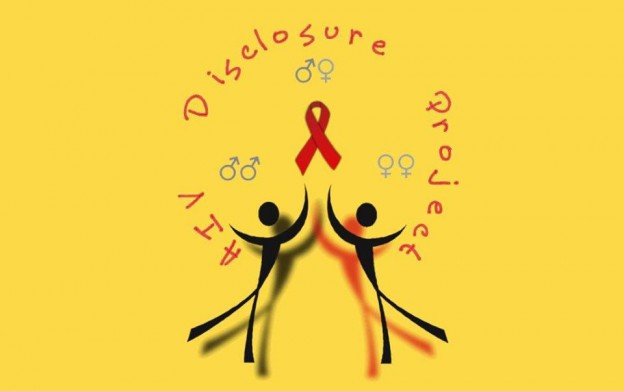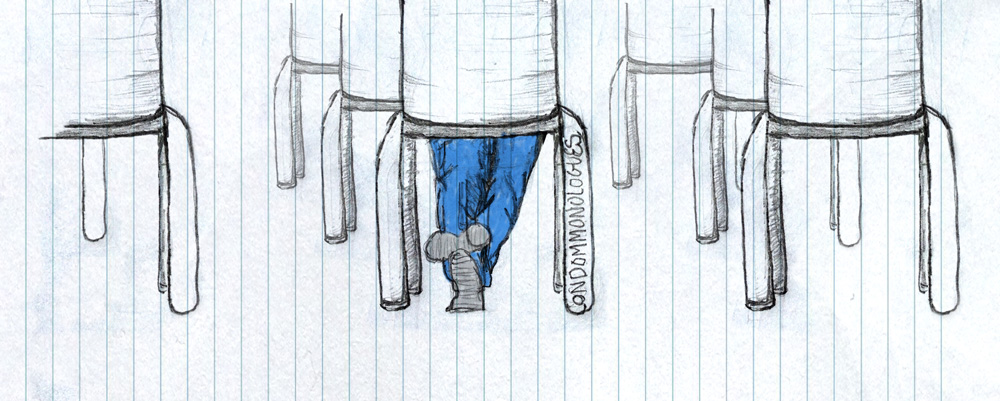 The first time I had sex with another woman I had no idea what I was doing. As I started to take off her panties, she said down to me, “Gloves?”
The first time I had sex with another woman I had no idea what I was doing. As I started to take off her panties, she said down to me, “Gloves?”
I remember thinking: “What gloves? What for?”
The practice seemed so esoteric to me. From then forth my whole orientation with safer sex altered. As a teen, I had not fully realized my sexuality and only had sex with (cis) guys. I was surrounded by sexual health messages that greatly encourage safety:
Understand birth control options, communicate with partners, get tested, use condoms.
But there was no enthusiasm for queer sexual safety. Saying, “Use gloves” or “Use a sex dam” is very different from “Use a condom”. None of my education went beyond the scope of heterosexual sex; specifically, penis-vagina penetration.
Clearly, this education ill-equipped me for the “real world”. But it also served a deeper function. Excluding information about safer lesbian sex, or more inclusively, sex between people with vulvas, maintained and reinforced the attitude that it’s not “real sex”, and that women-who-have-sex-with-women don’t really need to practice safety.
As a bisexual (cis) woman who has had penis-vaginal sex before, where did I fit into risks? Do people really use dental dams? Are gloves always necessary for manual sex? If so, why aren’t gloves promoted more among heterosexually-based safety messages? What sexual acts are less risky than others? I soon realized that I was not alone in the confusing and silent knowledge gap. The most powerful moment of this realization happened during a university course lecture in which we watched lesbian porn.
The class was titled, “The Sociology of the HIV/AIDS Pandemic”. That day we were covering the 1988 ACT UP protest of Cosmopolitan Magazine for publishing an article which (very erroneously) claimed that women were unlikely to contract and transmit HIV. The professor then dimmed the lights and switched on a porno short. Current Flow by Jean Carlomusto stars Annie Sprinkle and Joy Brown getting it on with an array of safer sex props ranging from condom covered vibrators to eating pussy with sex dams. The women fuck on the couch while a broadcast of the ACT UP protest faintly play on the television in the background. This video was specifically made to counteract Cosmopolitan. It was one of the first lesbian porn made by and for women that explicitly shows how to have safer sex.
The professor then bluntly asked the class, “Who here actually knew how to use a dental dam or understood the function of latex gloves prior to this video?
Only a few raised their hands. Among a group of predominately queer, early twenty-somethings this felt horrifying and shocking.
That activist porno is just as relevant today as it was 24 years ago. Lesbians and women who have sex with women, including those who are FAAB (female-assigned at birth), continue to be overlooked in the HIV epidemic. According to a 2009 review by the GMHC, very little research has devoted to the study of lesbian sexual play yet we are still learning new degrees of STI risks associated with different acts such as manual sex, fisting, tribbing, sharing toys and oral sex.
I’m lucky that my first time having sex with another girl was one that encouraged safer practices. Safety wasn’t optional. It was ethical. And it was hot. It opened up my world and cemented my desire to learn more, inform my options, and talk about safety confidently with other partners. But I know not everyone (and lesbians in particular) experiences such enthusiasm- including a lack of concern from medical professionals who assume “queer* women*” experience almost zero risk of HIV and other serious sexually transmitted infections.
For me, safer sex has developed a whole new dimension of excitement because of the political protest attached to it. Feminist mantra: “The personal is political”. It’s partly an acknowledgement that the sex I have with another woman is very real despite hetero-sexist attitudes. It’s also an intimate act of caring for and protecting each other.
Monologues are independent stories. The opinions shared are the author’s own. For more information on sexual safety for lesbians and women-who-have-sex-with-women, the National LGBT Health Education Center is a good place to start. Please do comment and share other recommended resources below.
